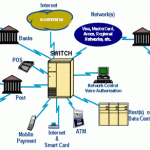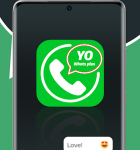
6 trendóin EdTech, które relevant
Every year we can read reports by the analytical company Gartner, about artificial intelligence, machine learning and big data. But after a few years it turns out that a given technology is still developing or has already been replaced by another. More importantly, it is often difficult to find examples of companies actually using the technology.
In this list I present the ranking of 6 trendóin education compiled on the basis of which Polish companies are internationally successful and have a real impact on what education looks like today and what it will look like in a few years.
1. Mobile Education
Not long ago, when I talked to directors of e-learning at universities, móThey thought it wasn’t necessary. And then suddenly something changed. What has changed is that worldwide 53% of internet traffic comes from mobile devices. In Poland (in summer) as much as 66%! Escola is now deploying mobile apps in more than 10 universities. More and more educational apps are focusing on mobile (as the leading approach) e.g. Explain Everything , który have been developing presentation apps for tablets since 2011.
The use of mobile devices vs. Stationary in Poland.
2. MOOCs for all
I was planning not to write about MOOCs, because they have been a trend for many years. Only that initially MOOCs were created by universities. PóLater, the topic was picked up by funds and commercial Massive-elearning platforms were created. This trend is really evolving. Toward:
– specialized sites, where you can buy training online, e.g. 5g-courses.com
– very simple creation of a courseóonline – Today Udemy is a site where anyone can create and add swój online course. It used to be that courses were aboutóin academia, today’s course topic depends on the demand for knowledge. It may concern how to stop smoking, how to cook tasty, how to take good photos with your phone etc. It all depends on the demand for knowledge in a given area and the quality of implementation.

Udemy – tens of thousands of coursesów, whichóthat anyone can easily create. Key to finding the right one are user evaluationsów.
3. Learning programming and robotics
Being a programmer is really extra. It’s like having access to superpowers. When you’re a kid, it helps you understand the world around you on the phoneóand computerów, któThe mobile world is becoming increasingly important to us. When you’re an adult, it allows you to have a well-paid and comfortable job. Learning to program for adults is already a huge market – companies such as Software Development Academy , Coderslab – thousands of graduatesóin a year, which hit the job market. Most of which actually find work in junior programming positions or as testers. For children, playing with the Photon robot, playing ScottieGo, or Skriware educational products are a lot of fun, and at the same time gain approval of parentsóand teachers. Another completely different product in this category are magic carpets by FunTronic . The magic carpet is a „floor project” detecting movement. This makes it possible to have fun and wkrótce also programming lessons.
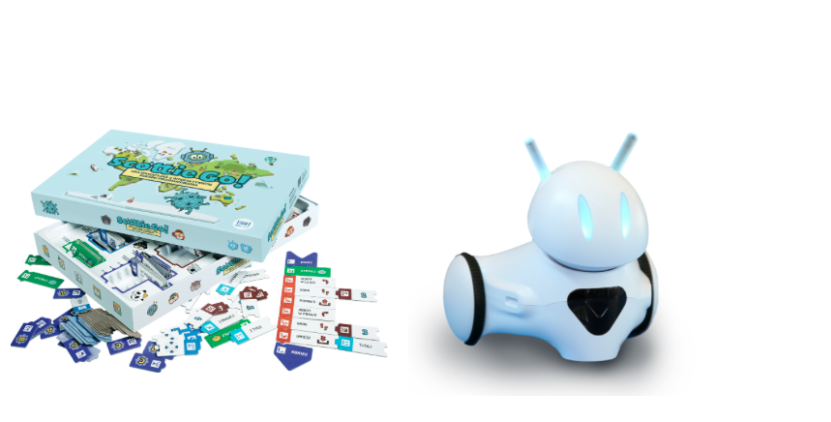
Robot Photon and educational game Scottie Go – examples of the programóin learning to program.
4. Educational analytics
Gartner analysts would say big data, machine learning, and probably artificial intelligence and a few other buzzwords. It is high time to simplify it and translate it into practical applications. In practice, on MOOC type platforms, we want to know who is learning what, where they are making mistakes, where they are dropping out. At school, we want to know what kind of learning problems a child may have because he or she skips lessons, neglects homework, and the parents do not participate in the interviewówkach. Electronic journals already have this data and can process and share it. And finally, all kinds of classesótests, colloquia, exams. Require hours of preparation and processing of performance data. But the key is what to do with the data. In the case of corporate data, this served to inform the boss whether the employee had done health and safety training and other required (yes/no). Nowadays, it is possible to effectively and cleverly process data in order to create a personalized learning environment, choose educational paths, adjust the level of difficulty to the student’s competence. Such a wayób learning resembles mechanisms known from computer games.

Nuadu – an example of a service that allows for individualization of educational paths.
5. VR in education
Not so long ago, PKN Orlen sent out an inquiry to suppliers ofóin the so-called. virtual reality , to prepare training in case of failure of the fuel pumps. Introducing your employees to the isolatedóBy introducing their employees to the isolated world of VR, the employer can easilyób create a completely new training environment – even extreme ones, such as a crash or a disaster, as well as e.g. mapping the repair of któThe Internet contains almost all the informationóThe cruise line does not have to be physically on site (does not have to immobilize it for training). The cost of a fuel engine failure, as BP’s example shows, can cost billions of dollarsów. And practical training in this area would be very expensive. Just like the airplaneóin creating specialized simulators. VR in training is nothing but a cheaper and more immersive simulator, so its use is not only for entertainment.
A completely different application is training in soft skills, which in Poland zamóby BZ WBK . The EdTechHub gas pedal is now home to a company focused exclusively on VR in education .
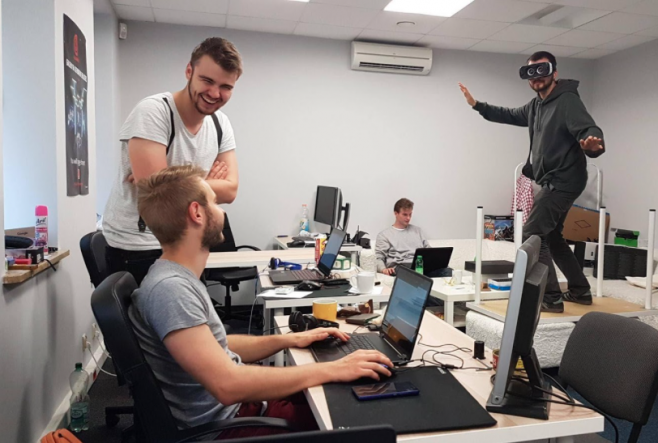
VR learning.
6. Social learning
The Internet contains almost all the information we can think of, but how to organize it. Sometimes we would like to ask a question and get an instant answer. When it is a question about the weather for tomorrow or the date of birth of Marie Curie-Sklodowska, there is no problem. The challenge for search engines is to solve our problemsów. This is where the community comes to the rescue. The success of Brainly comes from simple mechanismsóin gamification and learning from each other. These mechanisms are known from Quora or Wykop portals, but it is Brainly that wins in the education category.
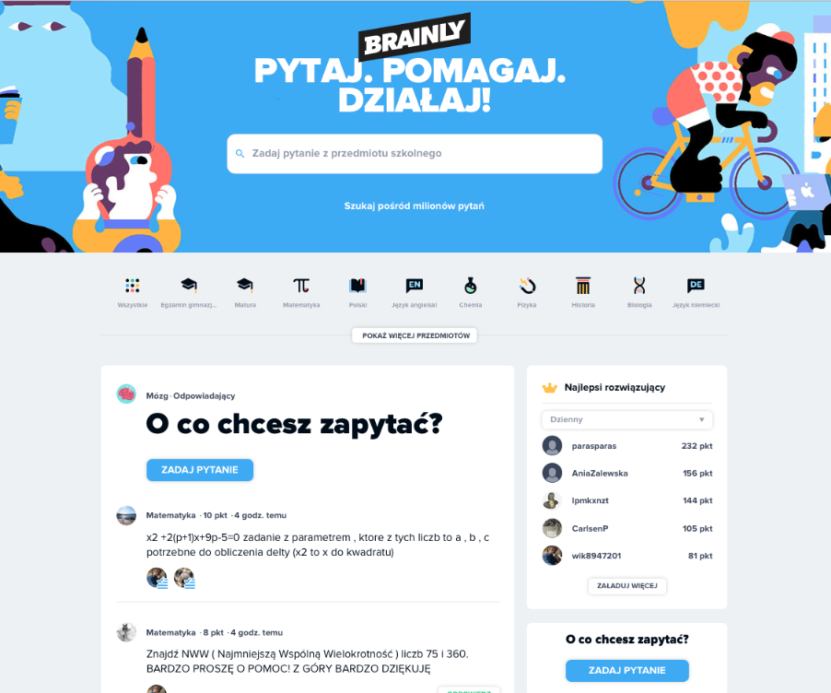
Brainly – the world’s most popular portal created for others to do our homework.
EdTech ceases to fascinate
The border between the worlds is blurringóoffline and online. A few years ago there were dominating ideas to give every student a computer. Computers and tablets fascinated, and tech companies argued that their use would enhance education. However, inóCould distract from educational content at times. In 2018, the computer and phone in education is such an obvious tool that it is surprising to see bans on their use in lessons. EdTech ceases to fascinate, but evolves and develops zaróNow, thanks to the placement of hundreds of beacons in the shop, both in Poland and worldwide.
A compilation of education companies thatóThe valuation of which is estimated at more than PLN 10 million


